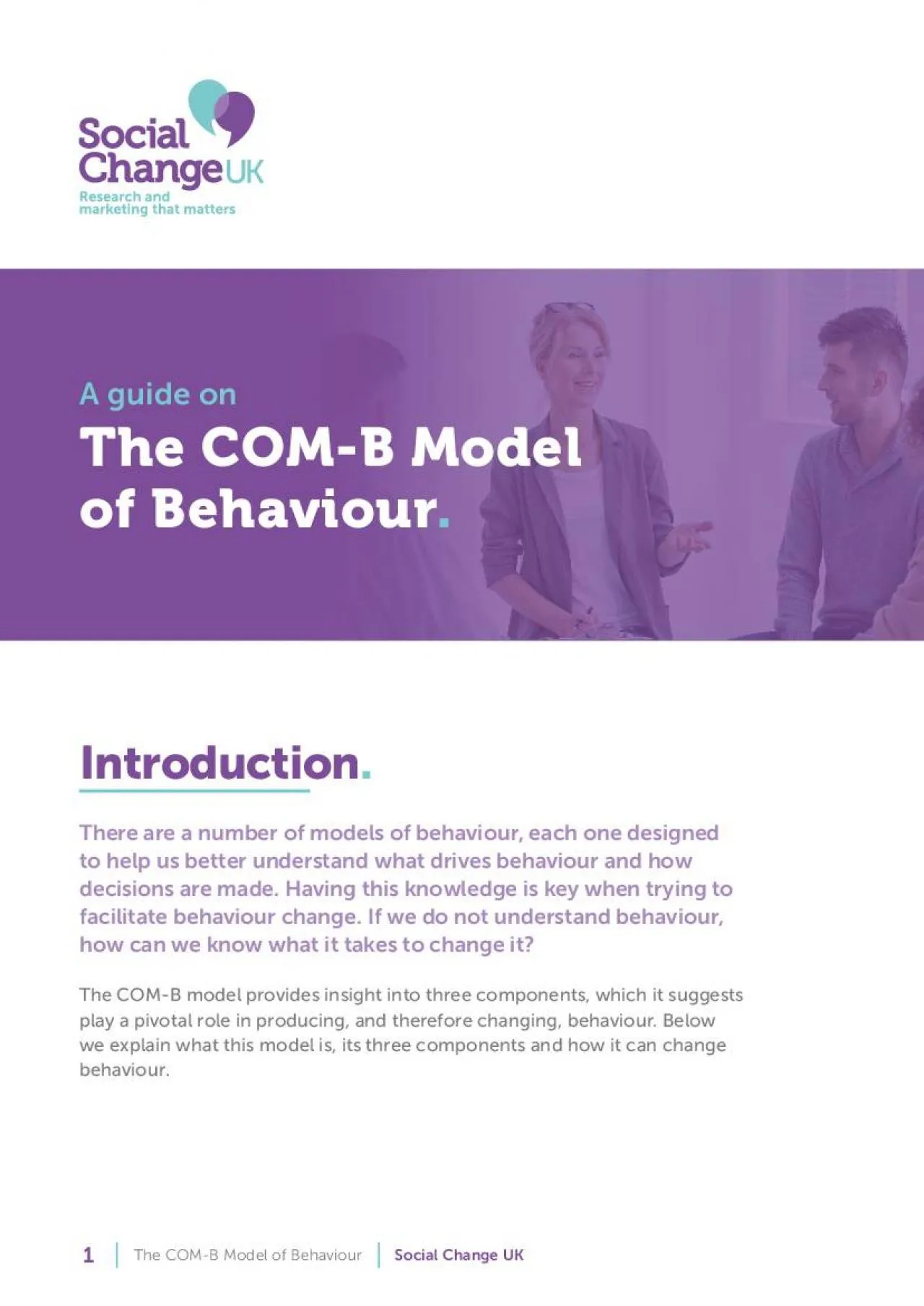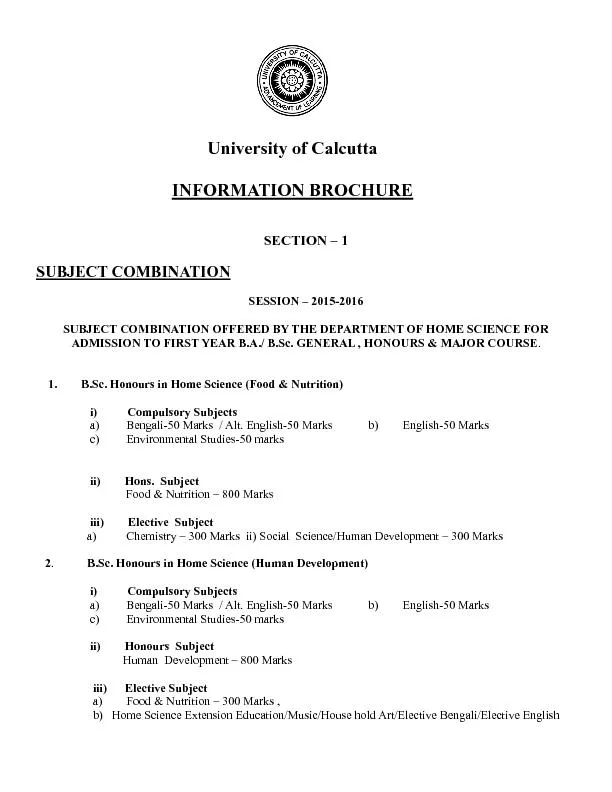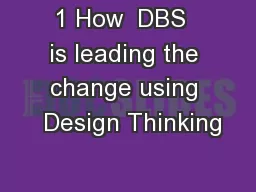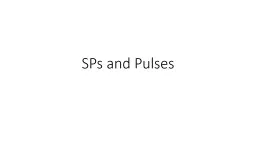PDF-The COMB Model of Behaviour
Author : cady | Published Date : 2021-10-08
1Social Change UKThe COMB Model of BehaviourThere are a number of models of behaviour each one designed to help us better understand what drives behaviour and how
Presentation Embed Code
Download Presentation
Download Presentation The PPT/PDF document "The COMB Model of Behaviour" is the property of its rightful owner. Permission is granted to download and print the materials on this website for personal, non-commercial use only, and to display it on your personal computer provided you do not modify the materials and that you retain all copyright notices contained in the materials. By downloading content from our website, you accept the terms of this agreement.
The COMB Model of Behaviour: Transcript
Download Rules Of Document
"The COMB Model of Behaviour"The content belongs to its owner. You may download and print it for personal use, without modification, and keep all copyright notices. By downloading, you agree to these terms.
Related Documents














